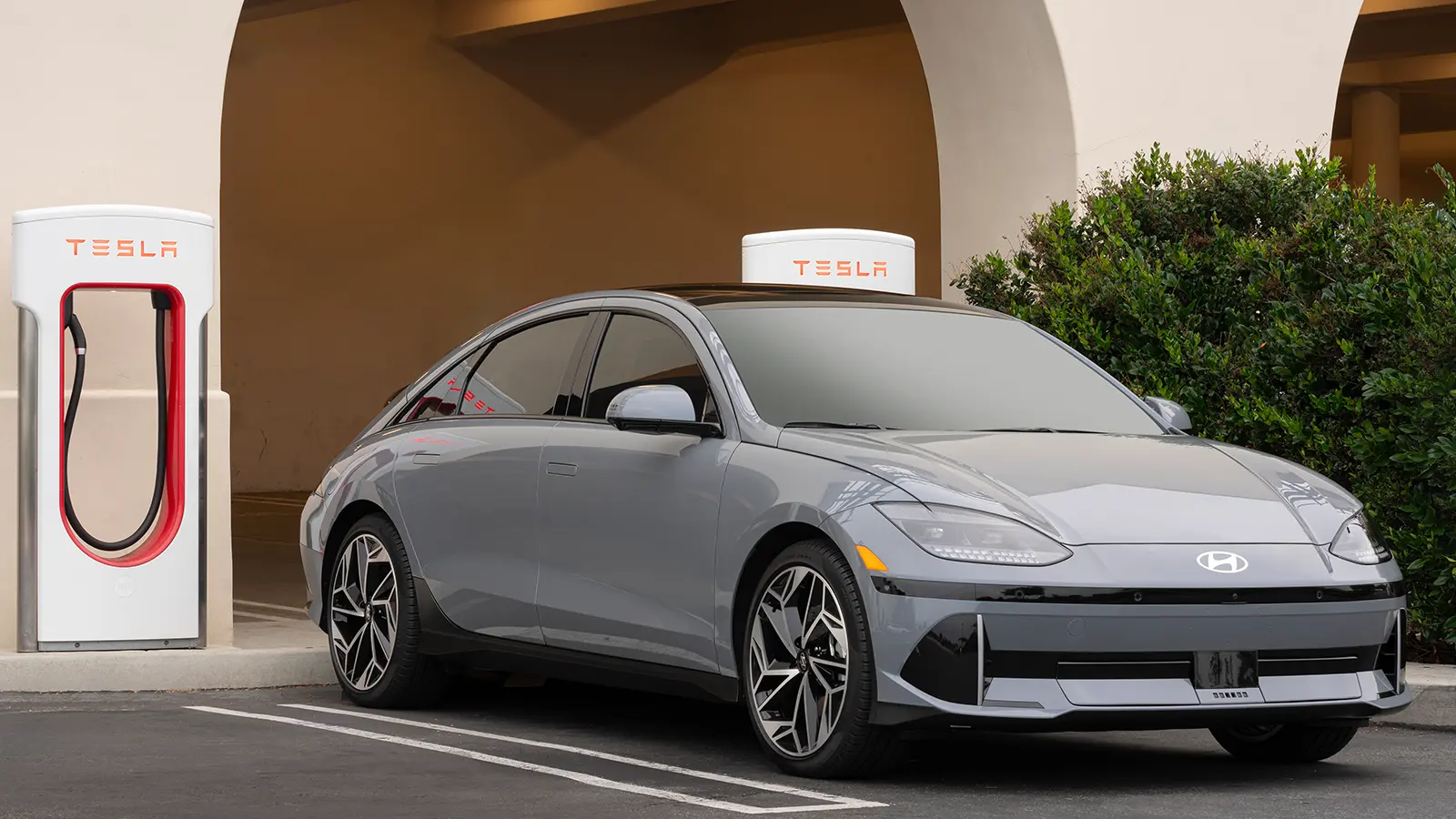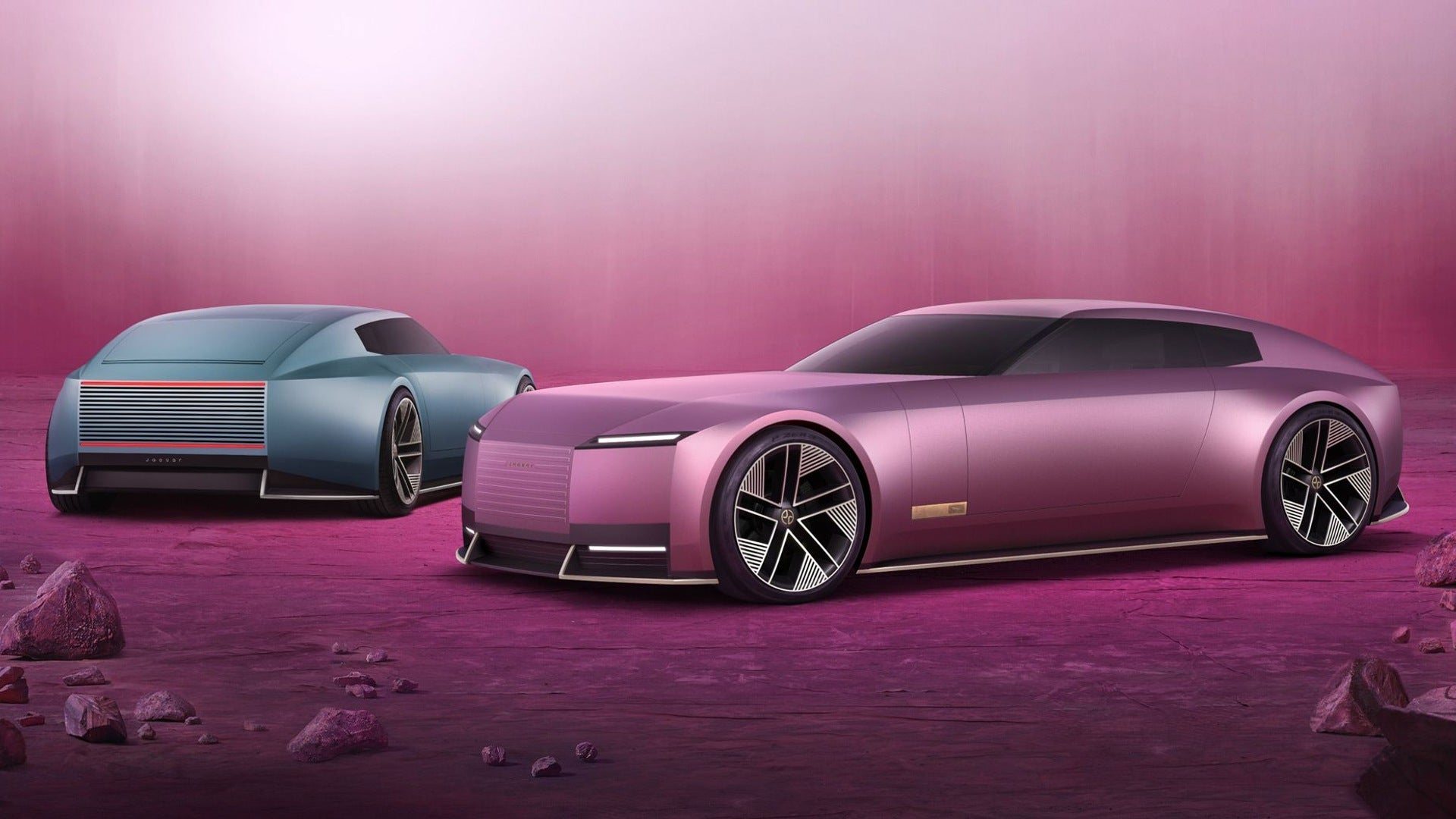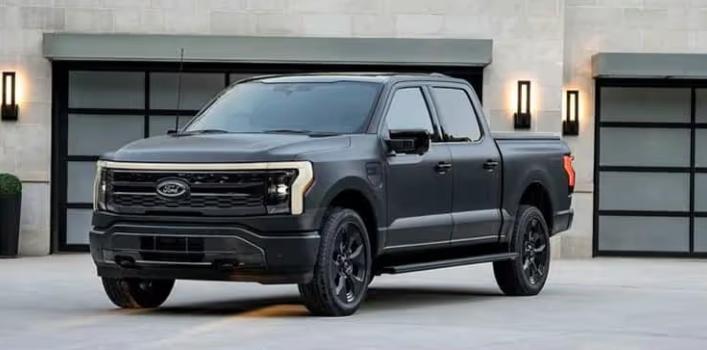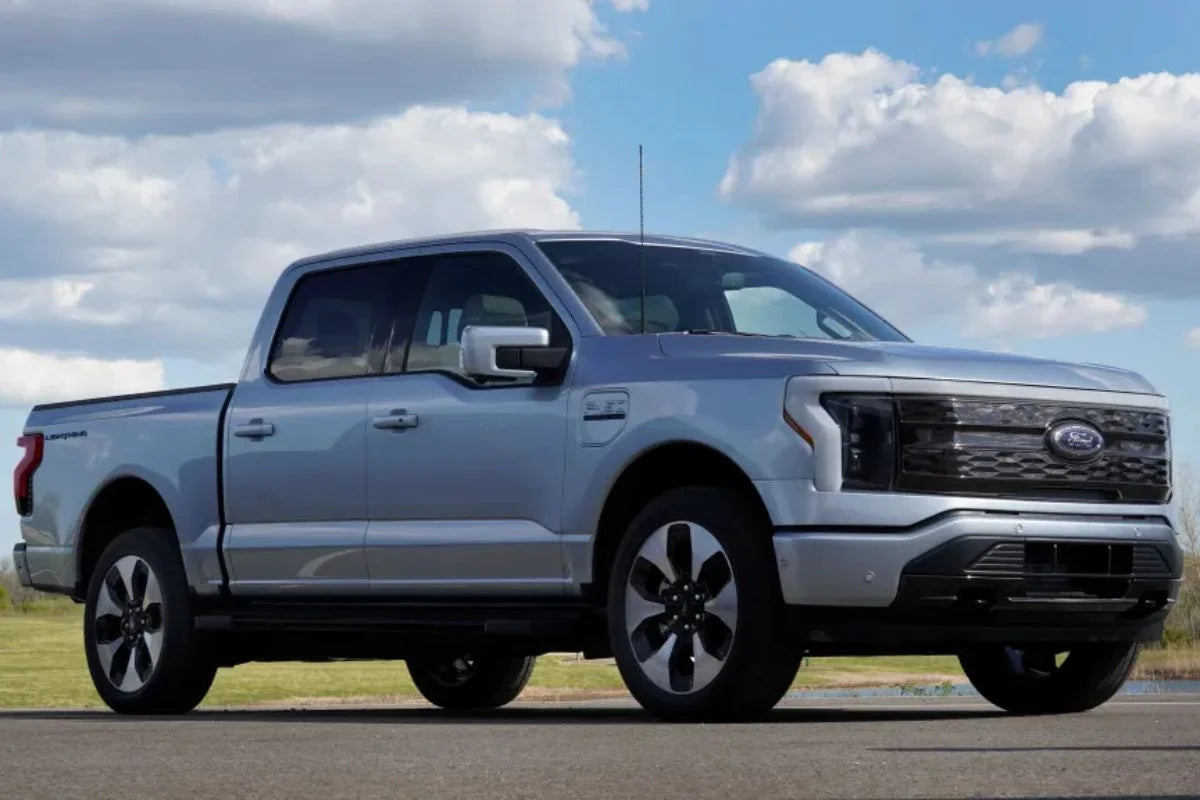The introduction of Hyundai's 2025 Ioniq 5, now featuring the North American Charging Standard (NACS) port, has led many owners to Tesla Superchargers to explore its new charging capabilities. Interestingly, early testing indicates that under certain conditions, Hyundai's latest model is even outpacing Tesla's own vehicles in charging speed.
This marks a crucial turning point for NACS, the EV charging standard originally developed by Tesla and now officially adopted by the Society of Automotive Engineers (SAE). As more automakers announce their plans to integrate NACS into their cars, companies like Volkswagen and Honda are preparing for compatibility with Tesla Superchargers. However, not all companies have moved forward smoothly; Kia, for example, has delayed the rollout of NACS for its vehicles, though some owners have managed to use workarounds.

Hyundai has already launched the Ioniq 5 with the new NACS charging port, allowing the vehicle to be compatible with Tesla’s Supercharger network. However, other Hyundai models will have to wait for an adapter that is expected to be released in the coming months. For now, Ioniq 5 owners need to follow a process familiar to third-party electric vehicle users: downloading the Tesla app, entering payment information, and initiating the charging session through the app. While some owners have used third-party adapters to charge non-NACS Hyundai models, this is not officially endorsed by the automaker.
In a recent charging comparison conducted by Out of Spec reviews, the Ioniq 5 was tested against Tesla's Model 3 at a Supercharger station. The Hyundai Ioniq 5, built on Hyundai and Kia's E-GMP platform, is known for its strong charging capabilities, despite not having the highest peak charge rate compared to other electric vehicles. The 2025 Ioniq 5 can charge at a rate of up to 260kW, which is slightly higher than earlier versions that maxed out at 230kW. The vehicle’s charging curve allows it to maintain higher charging speeds for extended periods, a significant advantage over many other electric vehicles that experience a rapid slowdown in charging speeds as the battery fills.
During the test, the Ioniq 5 charged 59.6 kWh in 30 minutes and 37 seconds, slightly outpacing the Tesla Model 3, which charged 55.7 kWh in 31 minutes and 53 seconds. Despite the small difference in energy gained, the Ioniq 5’s performance is impressive, especially given that it was charging at a lower peak power of 123kW compared to the Model 3’s 250kW.
The Ioniq 5's success can be attributed to its more consistent charging curve, allowing it to sustain charging speeds for a longer period. However, there were some issues during the test, such as a brief interruption in the charging process that required a restart. Furthermore, the Ioniq 5’s navigation system does not yet integrate Tesla’s Supercharger network, meaning the vehicle does not automatically precondition its battery for optimal charging. This is likely to be addressed with a future software update.
Despite the Ioniq 5's impressive charging speed, the Tesla Model 3 ultimately triumphed when considering the practical metric of efficiency, specifically miles per minute of charging. The Model 3 boasts a range of 363 miles, while the Ioniq 5 offers 303 miles of range. When accounting for this efficiency difference, the Model 3’s superior range per minute of charging allowed it to edge out the Hyundai in the overall test.
While the Ioniq 5’s charging speed is a notable achievement, the Tesla Model 3 continues to have the advantage in terms of getting the most mileage out of a Supercharger session.
Recommend Reading: 2026 Tesla Model Y vs. 2025 Ford Mustang Mach-E: EV Rivals Face Off Again








Share:
A Shift to Electric: Canada’s Electric Vehicle Incentive Programs
Volkswagen EVs Set to Connect to Tesla’s Supercharger Network by 2025